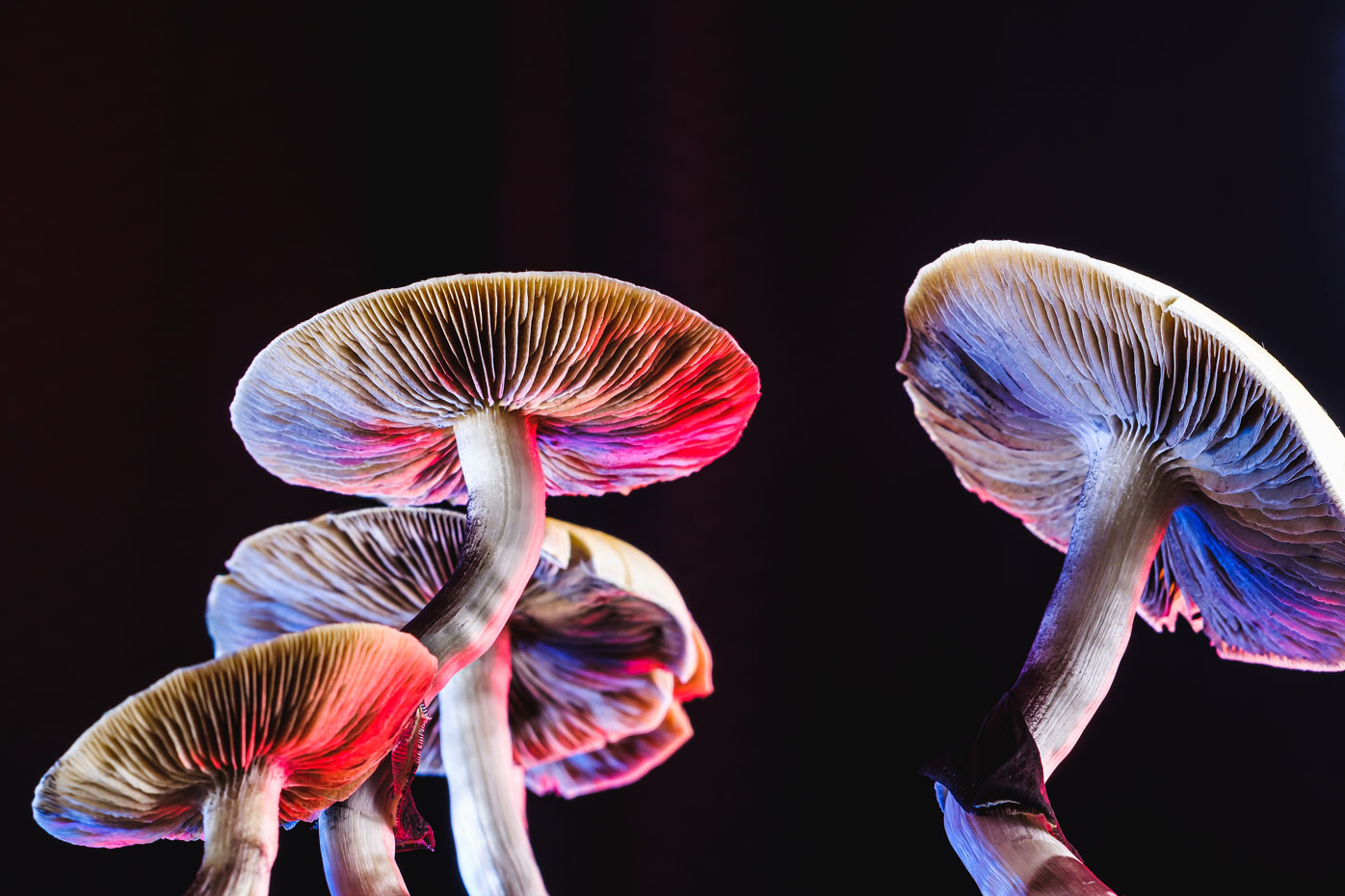Understand All There Is About Golden Psycho and Its Popular Features.
Understand All There Is About Golden Psycho and Its Popular Features.
Blog Article
Everything About Psychotomimetic Compounds: Their Duty in Psychological Research Study
Psychotomimetic substances, such as LSD and psilocybin, have amassed raising rate of interest in mental research for their capability to duplicate psychotic signs and symptoms and supply insight right into numerous mental health and wellness problems. Their communications within the brain, especially through serotonin and dopamine paths, recommend a complicated partnership between awareness and neurobiology that may open novel restorative methods. As researchers proceed to investigate their possible applications, ethical considerations bordering their usage in professional settings become critical, raising critical questions regarding safety and informed approval that call for more exploration.
Interpretation of Psychotomimetic Compounds
In the realm of mental research study, psychotomimetic substances are compounds that can generate effects appearing like those of psychosis, such as hallucinations, misconceptions, and transformed assumptions of reality - About Golden Psycho. These substances can be classified into numerous categories, consisting of hallucinogens, dissociatives, and particular stimulants, each producing distinctive psychological results
The medicinal activity of psychotomimetic substances frequently entails inflection of natural chemical systems, especially those pertaining to serotonin, dopamine, and glutamate. Substances like lysergic acid diethylamide (LSD) primarily act on serotonin receptors, leading to profound changes in sensory assumption and cognition.
The utility of psychotomimetics in research study depends on their capability to mimic psychotic signs, giving a model for understanding the underlying systems of psychotic conditions such as schizophrenia. By examining the impacts of these compounds, researchers can gain insights right into the neurobiological and mental procedures that contribute to psychosis.
Moreover, psychotomimetic compounds have actually been explored for their healing potential in treating numerous mental health and wellness problems, including depression and anxiety, highlighting their double role in both research and potential scientific applications.
Historic Advancement and Context
The expedition of psychotomimetic compounds has a rich historic context that goes back to ancient people, where compounds such as psilocybin mushrooms and peyote were made use of in spiritual and recovery practices. These very early usages often linked with spiritual routines, suggesting an extensive reverence for the modified states of consciousness induced by these compounds.
The mid-20th century marked a substantial juncture in the research study of psychotomimetic compounds, especially with the synthesis of LSD by Albert Hofmann in 1938. The subsequent popularization of LSD in the 1960s militarized a wave of interest in both its psychological results and possible restorative applications. Researchers started to investigate just how these compounds might simulate psychotic states, supplying understandings right into mental disorder.
Nevertheless, the raising association of psychotomimetics with counterculture activities caused regulatory backlash, finishing in the criminalization of much of these compounds. Despite these difficulties, the renewal of interest in the therapeutic potential of psychedelics in the 21st century has actually triggered renewed research. This historical trajectory highlights the advancing understanding of psychotomimetic compounds, changing from sacred materials to topics of clinical inquiry and, potentially, healing promise.
Devices of Action
Recognizing the devices of action of psychotomimetic substances reveals the complex methods these materials engage with the brain's neurochemistry. These substances primarily exert their effects via modulation of natural chemical systems, particularly serotonin, dopamine, and glutamate.
In addition to serotonin, dopaminergic paths are considerably affected by substances like mescaline and specific cannabinoids, which can bring about modified states of consciousness and changes in state of mind and motivation. Additionally, the NMDA receptor enmity observed with compounds like ketamine highlights another path whereby psychotomimetics might cause dissociative states and extensive changes in thought procedures.
The neurochemical waterfalls launched by these communications result in complex and multifaceted mental results. Recognizing these devices is important for both the innovation of mental study and the healing capacity of psychotomimetic substances, as they offer understandings right into the underlying neural correlates of transformed states of consciousness.
Current Research and Applications
Current investigations into psychotomimetic compounds have actually revealed a revival of passion in their restorative applications, particularly in the areas of psychiatry and psychology. Researchers have started discovering substances such as psilocybin, LSD, and ayahuasca for their possible to alleviate signs related her response to different psychological health conditions, consisting of anxiety, anxiety, and PTSD.
Professional trials have actually shown that, when provided in regulated environments, these substances can facilitate profound emotional experiences, advertising emotional innovations and improved healing outcomes. Research studies have actually revealed that psilocybin-assisted treatment can lead to significant decreases in treatment-resistant clinical depression, with effects lasting for a number of months post-treatment.
In addition, psychotomimetic compounds are being evaluated for their ability to foster neuroplasticity, potentially permitting more effective rewiring of maladaptive idea patterns. These findings recommend that such compounds might function as adjuncts to standard psychotherapeutic approaches, boosting the efficacy of therapeutic interventions.
As research advances, the focus is moving in the direction of understanding the optimum does, restorative setups, and individual features that can take full advantage of the advantages of these substances. This expanding area holds pledge for transforming psychological health treatment paradigms and addressing the restrictions of conventional psychological medications.
Ethical Considerations in Study

Browsing the honest landscape of study involving psychotomimetic compounds is crucial to ensuring participant safety and the honesty of research study results. Researchers have to prioritize informed approval, guaranteeing that individuals fully recognize the possible threats and benefits related to the materials being researched. This includes offering in-depth details concerning feasible psychological impacts, including severe and lasting influences, and enabling individuals i thought about this the possibility to withdraw from the research study at any moment scot-free.
Moreover, moral oversight by institutional review boards (IRBs) is essential. IRBs evaluate research procedures to protect individual welfare and maintain ethical requirements. This scrutiny aids minimize dangers and guarantees that studies are performed with clinical roughness. In addition, the potential for browbeating should be thoroughly analyzed, especially when susceptible populations are included.
Privacy is another extremely important factor to consider. Scientists need to implement durable procedures to safeguard participants' identities and data, especially offered the sensitive nature of experiences connected with psychotomimetic compounds (About Golden Psycho). Inevitably, a commitment to honest techniques not only cultivates trust fund in between scientists and participants yet also improves the trustworthiness and validity of the research study outcomes, adding to the advancement of emotional expertise

Final Thought
Finally, psychotomimetic compounds, particularly timeless psychedelics such as LSD and psilocybin, offer view it substantial insights into mental disorders via their distinct mechanisms of action. Their restorative possibility in resolving conditions like anxiousness and PTSD highlights the value of continued research study in this field. Ensuring moral requirements in study practices is vital for individual safety and educated consent, allowing for a responsible expedition of these substances' benefits and effects within psychological scientific research.
Report this page